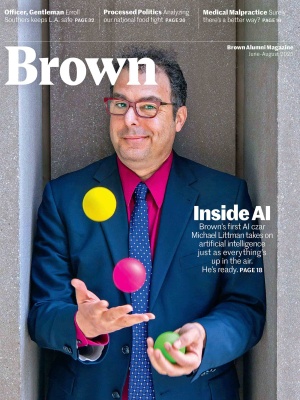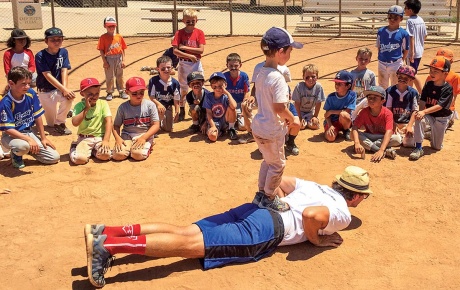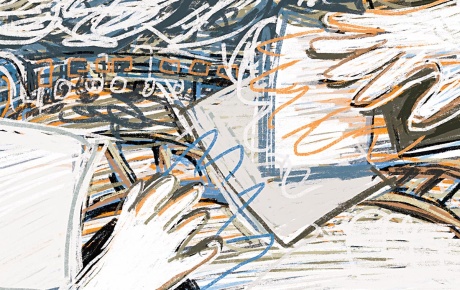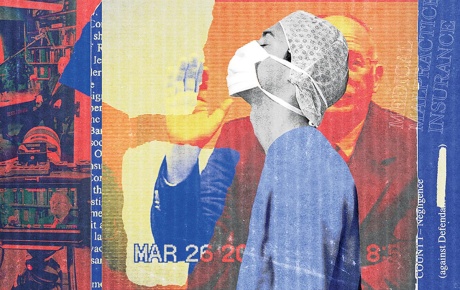When Doctors Make Mistakes
A film aims to show why the malpractice system isn’t working—and what might.
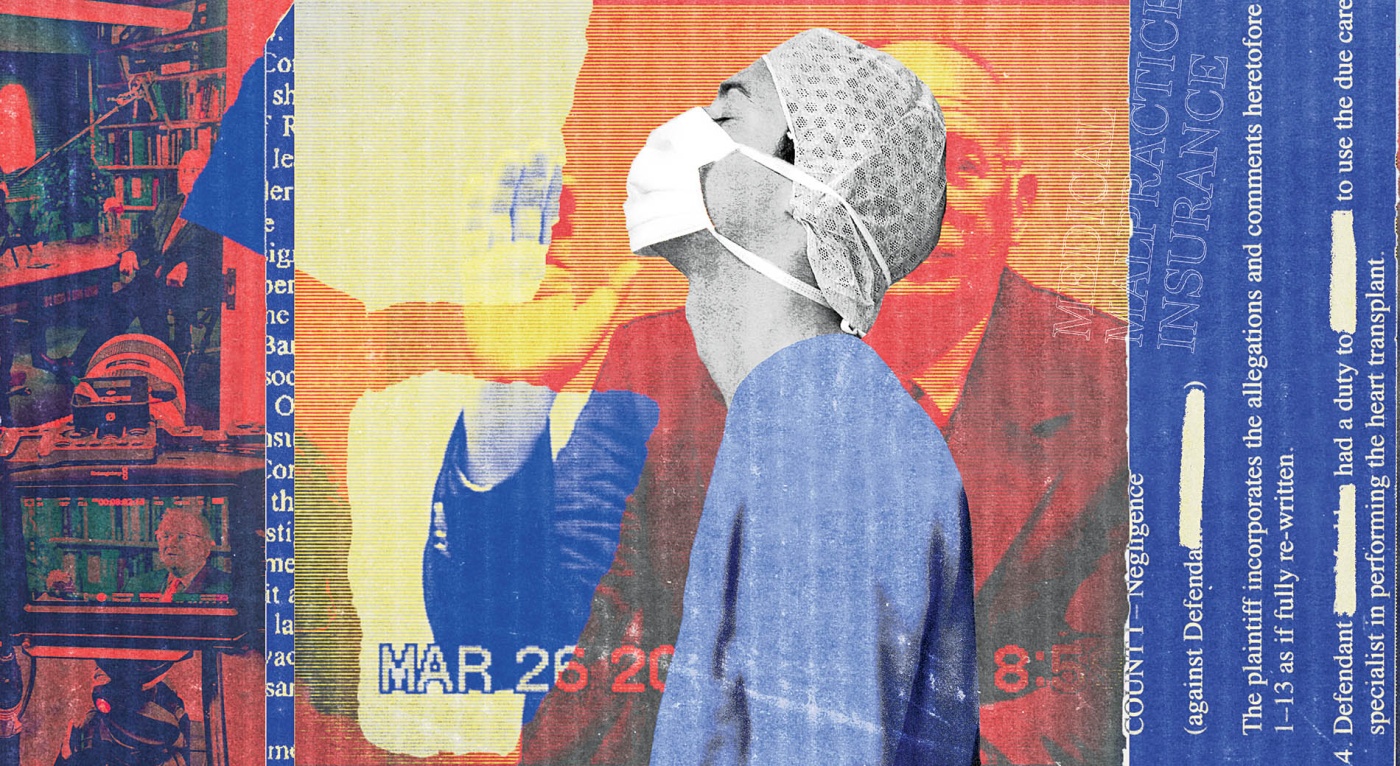
A few minutes into the 2024 documentary A World of Hurt: How Medical Malpractice Fails Everyone, medical law expert Richard Boothman explains that patients sue doctors and hospitals for three main reasons. “First, just a simple search for answers; secondly, a very powerful [desire] that what happened to them not happen to someone else,” says Boothman, chief risk officer of the University of Michigan health system. “And thirdly, there is a yearning for accountability, validation for their injury.”
Unfortunately, the American medical malpractice system rarely provides any of these outcomes, according to A World of Hurt, which was produced by Brown Associate Professor of Emergency Medicine Mark Brady ’09 MMSc, ’09 MD and directed by medical students Alexander Homer ’21, ’25 MD, and Viknesh Kasthuri ’21, ’25 MD.
A System with No Winners
“It’s human nature when something bad happens, or somebody dies, to want to find out the reason,” says Brady. “But the system is not set up for transparency. Whenever a question arises, the health system clams up and circles the wagons.” The only way for a patient or their family to get accountability, he says, is to go to court. Doctors and patients alike go through a long, often adversarial process that can lead to mental anguish, substance abuse, and family strife. “We wanted to make a documentary explaining how this system is bad for everybody,” says Brady. “It hurts the therapeutic relationship patients have with their doctors, and it doesn’t serve patients either.”
Brady started working in television during an internship at Discovery Health Channel while a medical student; in 2015, he won an Emmy for a film about emergency medicine. Coming back to Brown in 2020, he started exploring the topic of medical malpractice—which, despite its prevalence, is rarely discussed in medical training. When mistakes happen, hospitals don’t say anything for fear it could be used in a lawsuit. Approximately 30 states have passed “I’m sorry” laws that allow doctors to apologize without retribution, but others, including Rhode Island, lack such protections.
Long Years and Sleepless Nights
Gita Pensa, Brown associate director of digital education, was sued in 2007 after she treated a patient who had come into the emergency department with eye pain and ultimately suffered a massive stroke from an undetected blood clot. For four years as the case was litigated, “I experienced a lot of sleeplessness, I wasn’t really present at home, I had a short temper—this terrible thing was happening to me, and I couldn’t talk about it with anyone,” Pensa says. She was even discouraged from seeking mental health treatment for fear the plaintiff might use those records against her.
Pensa had gone to college on a scholarship and graduated from UPenn medical school with honors, sacrificing nights and weekends with friends and family to achieve her dream of becoming a doctor. “The litigation told me, you gave up all of these important things in your life, and now we think you are a terrible person and should quit practicing and pay tens of millions of dollars because you are that bad.”

She was exonerated in 2011, then in 2015 the verdict was overturned and Pensa faced four more years of court before being exonerated again. This time, she decided to fight against the stress, reading self-help and law books, seeing a therapist, and recording a podcast, The L Word (for litigation), about the experience, which she released after the trial. Now a coach for other doctors facing lawsuits, she says: “The first thing I do is normalize the process, teaching them about the realities of the medical system and helping them work out their grief. If you are a sentient human being who cares for people, which is most of us, it is going to cause a lot of pain.”
Alternative Models
For students Kasthuri and Homer, the threat of malpractice looms over their future careers. “It’s the sword of Damocles facing every physician,” says Kasthuri, who wrote his undergraduate thesis examining when physicians order additional tests out of medical caution versus fear of lawsuits. The two interviewed dozens of doctors, patients, and lawyers before they found even a handful willing to go on camera.
“There is a culture in medicine that we don’t talk about the fact that we are human and mistakes are inevitable,” Homer says. “Yet we’ve seen from physicians who are sued that it changes their entire way of practice. While they may primarily view their patients as people they can help, in the back of their mind, it’s impossible not to worry, ‘Is the next patient going to sue me?’”
“People expect medicine to be a cookbook,” Pensa says, “but it’s mostly operating in the grey zone trying to make these difficult decisions. It’s impossible to be error-free.”
The film features the family of an injured patient who won monetary damages only to conclude the settlement was not worth the trauma of the lawsuit, and the wife of a doctor who ended up taking his own life due to the stress of the trial.
But much of World of Hurt focuses on alternatives to malpractice litigation, including the Michigan Model pioneered by Boothman, in which hospitals proactively conduct an investigation when adverse events occur, explain to patients what went wrong and, when appropriate, offer compensation. Such options reduce lawsuits overall, are cost-neutral for hospital systems, and are more satisfying for patients.
The filmmakers hope to shine a light on the value of those alternatives, as well as break through the culture of silence. “One of the responses we heard about including this in the medical school curriculum is ‘We don’t want to scare people off,’” says Kasthuri. “But that’s not how we treat anything else in medicine—heart attacks are scary, but we still talk about them. Our hope with our film is we can encourage more conversation and help create a cultural shift.”

